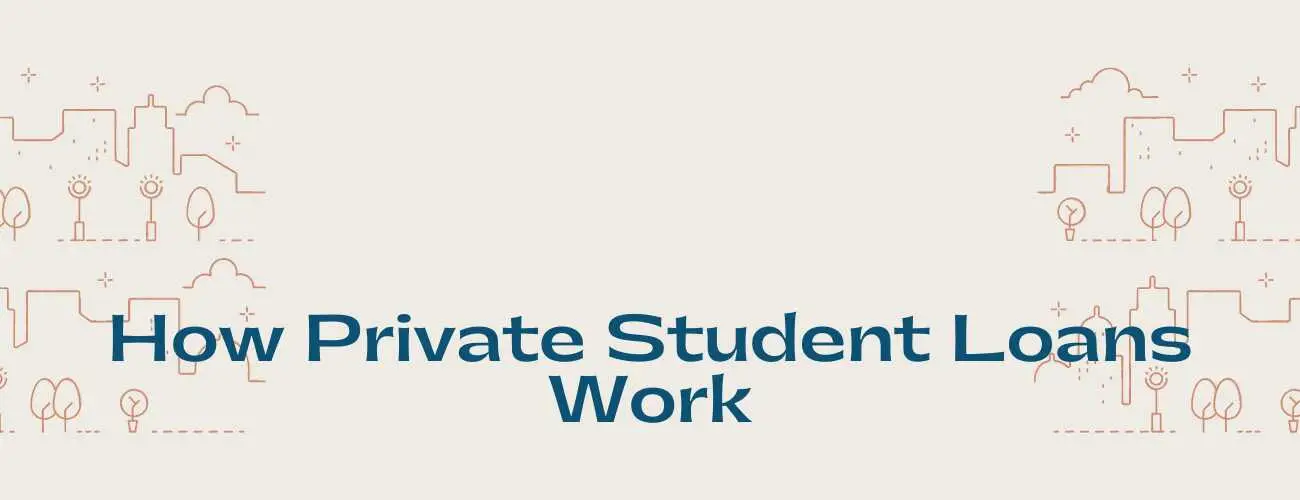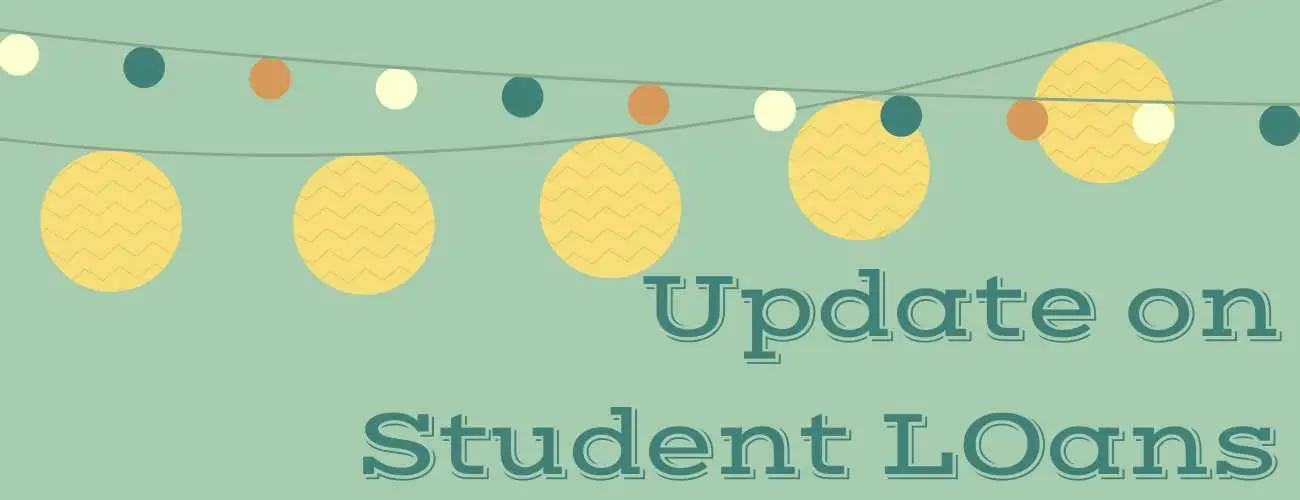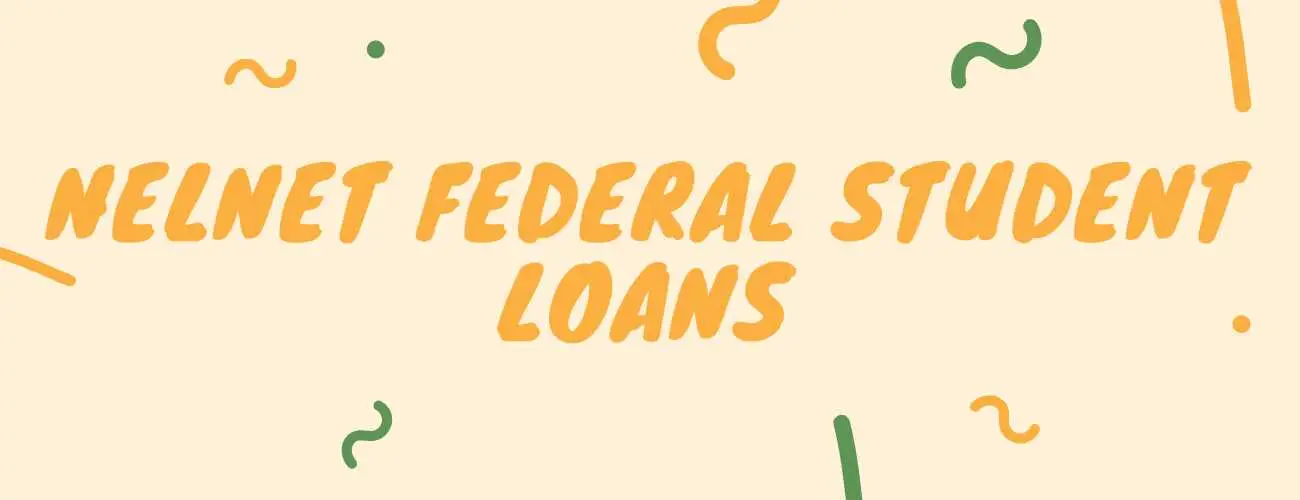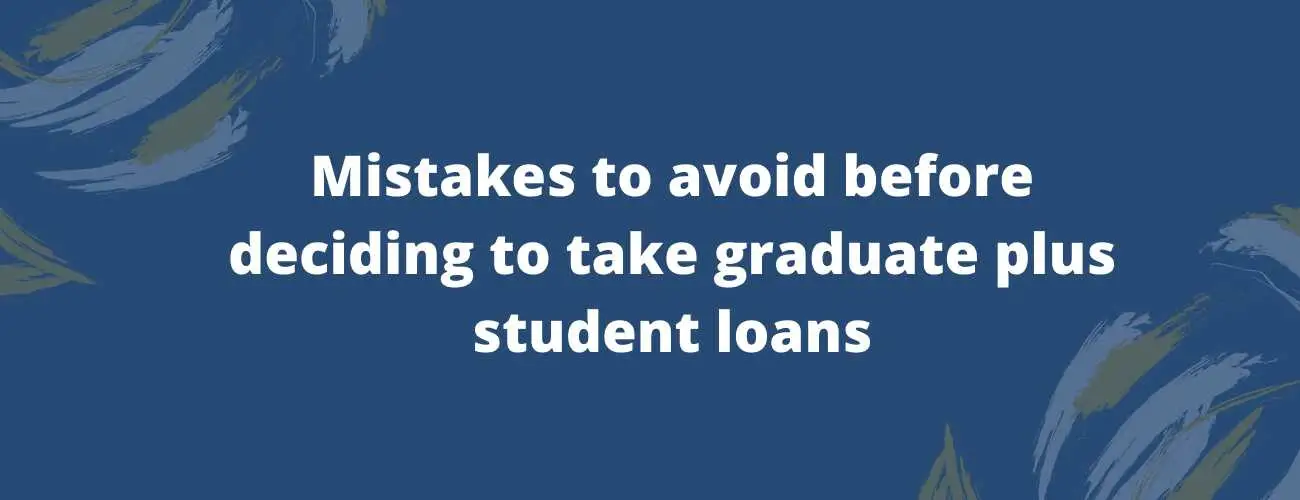How to get out of student loan default
Learn more about student loan default, steps to avoid default, problems associated with student loan default, how to get out of default.
Updated by Aparna A on 10th November 2021
When you ignore to make repayments for student loans, your loans move to student loan default. Student loan default has bad effects on your credit scores and, you will find yourself in a difficult position while you try claiming for tax refunds. There are other problems associated with student loan defaults that are discussed in this article.
Table of contents
What is student loan default?
How to avoid student loan default?
How to handle and get out of student loan default?
Problems you might face in student loan default?
Student loan default
Before taking student loans, it is important to know, what a student loan default is? According to the Student loan default statistics given by the ED, 10% of the borrowers with federal student loans enter default in just 3 years time during repayment. When you fail to make your repayment in a certain period, your loans move into default. The difference between default and delinquency is - if your payments are late by 90 days, your loans are delinquent and if continued further for 270 days, your loans are going to be in default. This is concerning federal student loans.
When it comes to private loans, it solely depends on your private lenders. Ideally, the chances of private loans going to default are high. In this case private loans, lenders can sue you, and charge with collection fee and demand for immediate payment of the balance. Always remember, both default loans in federal or private loans are affecting your credit score poorly.
Avoiding student loan default
It is important to choose the right type of repayment option so that the loan repayment does not stay heavy on you. Few simple measures can be followed to avoid student loan default.
-
It is important to have details to contact your loan servicer so that you know the recent repayment options introduced and other reliefs that you can benefit from.
-
Keep a track of receipt you received for your payments, this will be useful in case of any discrepancy.
-
Choose an income-driven repayment plan: When choosing an income-driven repayment plan, all your basic needs and savings are considered in priority and then repayment money is deduced. In this way, repayments are managed timely and efficiently.
-
Use automatic payments: The advantage of using this is - you do not have to remember to make manual payments and miss out on due dates of repayments. Automatic payments happen timely and it was easier to manage your loan repayments.
-
Online options: Be it federal or private loans, manage your accounts online so its easier to know the status of your loan, repayment, etc. You can also consider other options like Postpone student loan payment and refinance defaulted student loans.
How to handle and get out of student loan default?
It is important to know whether your loans are in default. Here how to check for both federal and private student loans.
Federal student loan default - If you are unaware of, whether your loans are in default. Login to the Federal Student Aid account with your credentials, choose your loan and select the status of your repayment which will specify if your loan is in default. It also includes information like servicer, lender, due date, etc.
Private student loan default- In private student loan default, most lenders provide online repayment options. So if you make your repayments online, login with your credentials to your lenders’ site, and you will find the loan details. In any case of ambiguity, please contact your loan provider for more details so that they can help you.
Unfortunately, if you learn that your loans are in default. Here are ways to get out or avoid student loan defaults.
-
Rehabilitation
-
Loan consolidation
-
Loan cancellation
-
Paying the full loan
-
student loan settlement
Rehabilitation: One way to get rid of default student loans is student loan rehabilitation. Making 9 consecutive payments will help you move out of the default loan. The process to rehabilitate your loans is below :
-
Contact your loan servicer who manages your default loans and inform them that you choose to rehabilitate your loans.
-
Proof of income is be submitted as, to calculate payment.
-
Once you agree on an affordable amount, you must pay 9 consecutive payments after which your loans are no longer in default.
Consolidate Student Loans: When consolidating your loans, it helps in managing and helping reduce interest rates. The consolidation process is faster than Rehabilitation. You can consolidate your loans to an income-driven repayment plan so that your payments will be limited with respect to your monthly income. Once consolidation is done, an existing loan will be shown with new interest rates that increase your credit score.
Loan cancellation: This option is applicable only in certain situations. If your college is closing, in cases of death loan cancellation is possible for default and other loans. For the loan cancellation process, you must proceed by law. If you meet the eligibility criteria, and your loan cancellation is accepted, the government will repay your previous payments and cancel your loans. Other cases are False certification, School closure, etc.
Paying the full loan: Not every borrower can afford to pay the full loan amount. But it's a good way out of default loans and also saves your credit scores.
Student loan settlement: If your loans are in default and near you can contact your servicers or private lenders for a student loan settlement. In this case, you opt to settle the payment by negotiating with your lender.
Problems you might face in student loan default?
A student loan default, will not just affect you financially but also in different ways.
-
Loan holders can withhold your tax refunds and government payments like Security checks. While private lenders will sue you. And if the court judgment is in favor of lenders, they will take money from your bank accounts to settle the default loans.
-
You must realize that once you’re in student loan default, you cannot further take any loans other aid to start studying again. Therefore, your education can be affected by this.
-
Late payments can damage your credit scores. Without having good credits getting a student loan in the future can be challenging.
-
In fields such as medicine or teaching, professional license to work will be suspended.
-
The longer you take to repay, the more money you owe as interest rates also accumulate.
Handling student loan default can be a taxing situation to handle. It might take years to get back good credit scores and can be also extremely difficult to get out of student loan default. Therefore, it is important to keep track of your loan accounts and enrolling to the appropriate program that benefits you.
What happens if I default on my student loans?
Reasons below tell you why loans go on default :
-
Loans obtained in a deceiving manner by not following the rules.
-
If you have ignored to make payments beyond 270 days or failed to make payments during the time frame given by the lender.
-
Violated the lender's terms and conditions your loans defaulted? Loans can go in default.
Ever wondered what would happen if your loan were in default?
The lenders can go to court and sue you to collect money in a short period of time. There are chances of you being arrested if you don't appear for court hearings. Other consequences are mentioned below:
-
You will have a bad credit score if your loans are in defaults and delinquencies. And taking loans in the future can be a difficult process.
-
If the court passes judgment in lenders' favor, the lender can gather other assets you own, garnish your wages, collect money from your bank.
-
Problems occur while claiming tax refunds too.
Hence defaulting on loans have very bad consequences.



93.jpg)


28.jpg)
